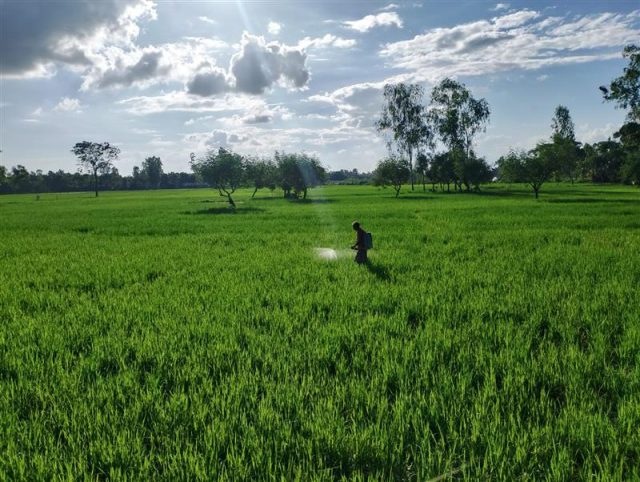Why lower socio-economic inequality holds key to reducing malnutrition (The Indian Express)
- From
-
Published on
25.05.18
- Impact Area

The Indian Express reported on IFPRI’s latest research on drivers behind child stunting in India based on the district-level data. Discussing the findings of the research, IFPRI-SAR’s Purnima Menon emphasized on the need to address gender-related inequalities at the district level to reduce stunting. “Factors concerning women across their life cycles, such as their education, nutrition, age at marriage, care during and after pregnancy, play a significant role, as do the overall socio-economic status of the household,” said Menon. (Photo credit: McKay Savage/Flickr)
Related news
-

New Genomic Discovery from ICRISAT Could Save Farmers Millions by Preventing Groundnut Sprouting Before Harvest
International Crops Research Institute for the Semi-Arid Tropics (ICRISAT)02.12.25-
Food security
-
Poverty reduction, livelihoods & jobs
Breakthrough study identifies varieties and key genes to halt sprouting before harvest in groundnut …
Read more -
-

Reinventing Kenya’s Snack Future with Dryland Grains
International Crops Research Institute for the Semi-Arid Tropics (ICRISAT)21.11.25-
Nutrition
-
Poverty reduction, livelihoods & jobs
Faces of Impact - Video Feature Story On a quiet backstreet in Mihango, Kenya, the…
Read more -
-

Cultivating climate-smart rice: How specific cultivars and smarter fertilizing can cut emissions and maintain yield
International Rice Research Institute (IRRI)19.11.25-
Climate adaptation & mitigation
-
Food security
By Bushra Humaira Sadaf A team of researchers from the Bangladesh Rice Research Institute (BRRI), I…
Read more -
